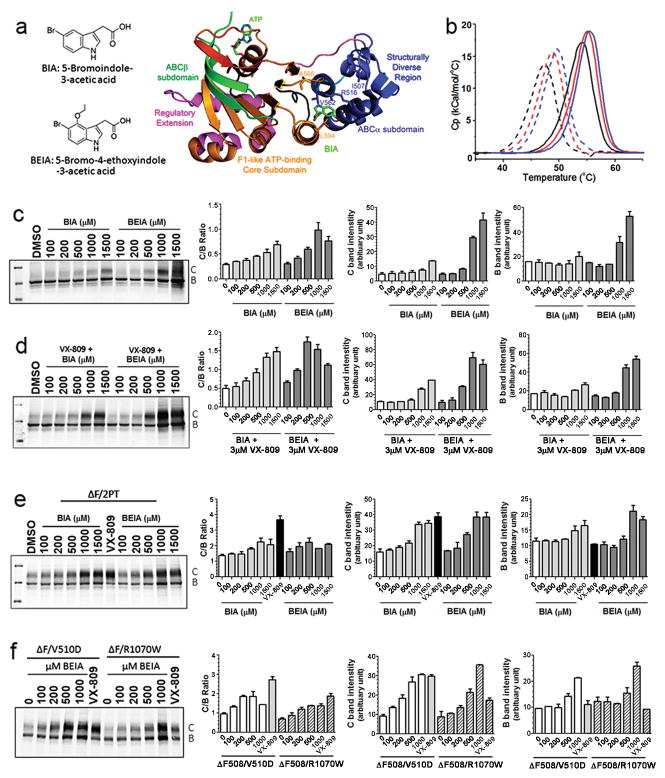Figure 3. Known binders of NBD1 promote the maturation of ΔF508 CFTR and the effect is additive with corrector VX-809 and stabilizing mutations.
(a). Structures of NBD1 binders BIA and BEIA and the site of BIA binding to NBD1. b). BIA slightly increased Tm of both WT- and ΔF-(ΔRI, ΔRE) NBD1 Dotted lines: ΔF; solid lines: WT; black lines: without compound; red lines: with 4 mM BIA and blue lines: with 4 mM BEIA in a buffer with 1 mM ATP, 1.5 mM MgCl2 and 5% v/v DMSO, at a scan rate of 2 °C/min. (c and d). BHK cells expressing ΔF508 CFTR were treated with various doses of these compounds in the absence (c) and presence of 3 μM VX-809 (d) for 24 hrs at 37°C. The intensity of mature C band and immature B band was quantified and the C/B ratio was calculated. N=3. (e&f) BHK cells expressing ΔF508 CFTR with NBD1 stabilizing mutants (e) and interface patch mutant (f) were treated with BIA and BEIA at various doses for 24 hrs at 37°C. The intensity of mature C band and immature B band was quantified and the C/B ratio was calculated. N=3.

